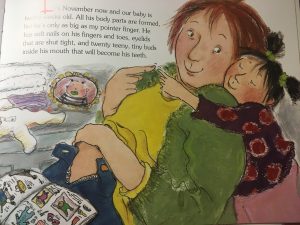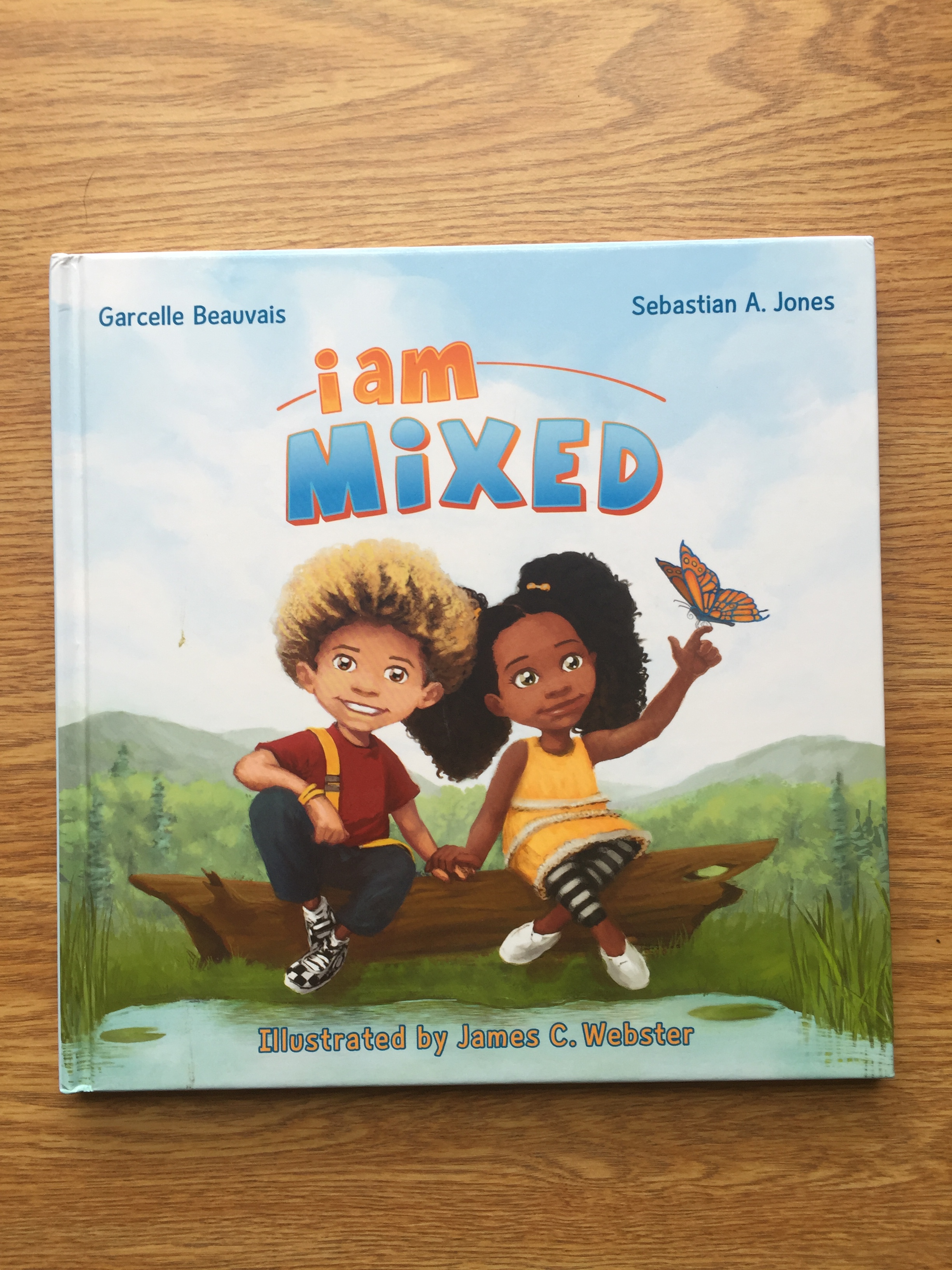
Authors: Garcelle Beauvais & Sebastian A. Jones
Illustrator: James C. Webster
Publisher and Year: Stranger Comics 2013
Number of pages: 36
Genre: Picture Book
Analysis
I am Mixed is a short picture book centered around two children, Nia and Jay, who are twins. The book depicts the twins with different skin tones and hair color. It starts out with Nia talking about how because she is mixed she is different than most people, even her own brother. Nia goes on to say that she loves who she is and is proud to be mixed. The book then shows Nia with her mother who is telling Nia how much she loves her. The same thing repeats with Jay and their father. The book ends with the phrase, “I am mixed,” and shows Nia and Jay smiling happily.

The illustrations in I am Mixed are colorful, bright, and inviting. Throughout the book, there are many pages that contrast with each other and reflect the texts meaning. While the texting is talking about the diversity of biracial or multiracial children, the illustrations are representing different cultures. On every page, Nia and Jay are smiling largely and appear to be very happy with their family and their culture. Having the Nia and Jay smile throughout the book shows that this book is geared towards encouraging biracial and multiracial children to be confident in themselves and their culture. While the drawings lean towards being cartoonish and inviting, on several pages, the smiles that Nia and Jay have seem a little unsettling. This may not be picked up by children but as an adult, some of the pictures seem a little too happy for the context.
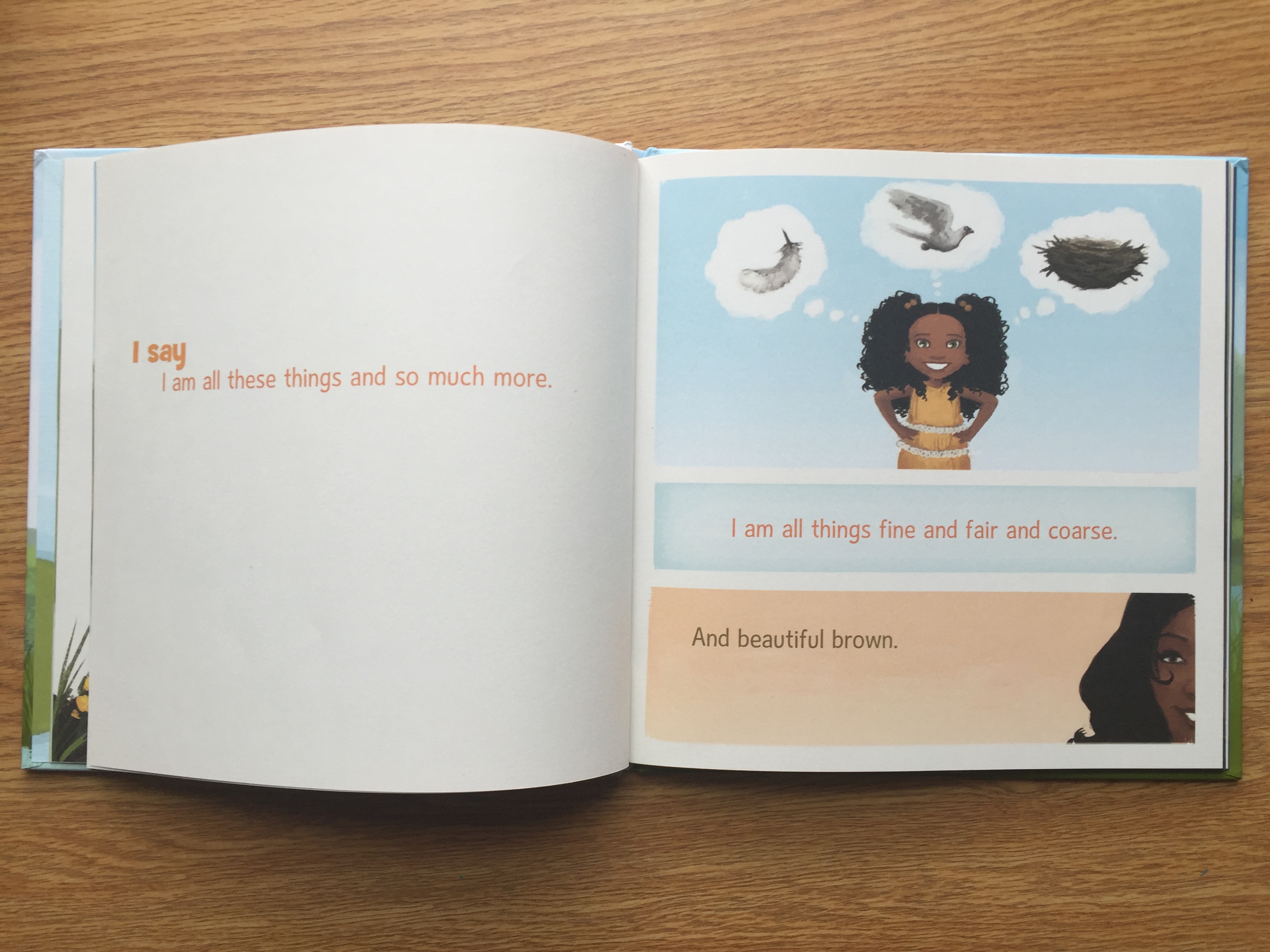
Along with the pictures in the book, the text is very kid friendly and easy to see and read. The text has a short flow to it and physically some words are emphasized through different colors of font. This text is potentially entertaining to children because it rhymes and has little text on each page and draws the attention to the illustrations. The text and the illustrations work in tandem to create a cohesive story that would be incomplete without the text or illustrations.
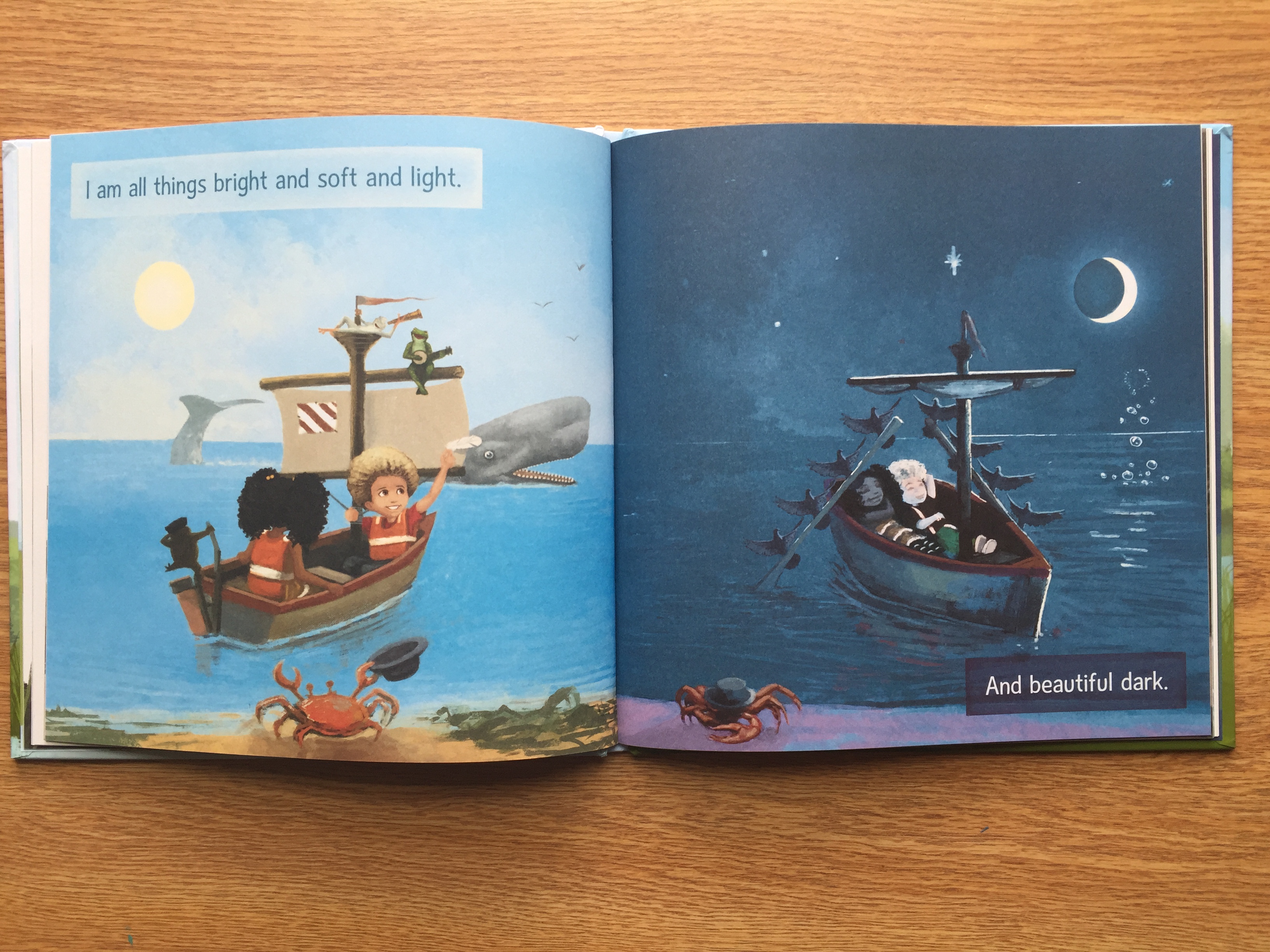
Overall, I am Mixed is a great source of empowerment for biracial and multiracial children. It discusses the experience of biracial and multiracial children in school and in their family lives. This book can serve as positive representation for biracial and multiracial children. It can also help non-biracial children learn about biracial children and the cut down on common stereotypes biracial and multiracial children face.

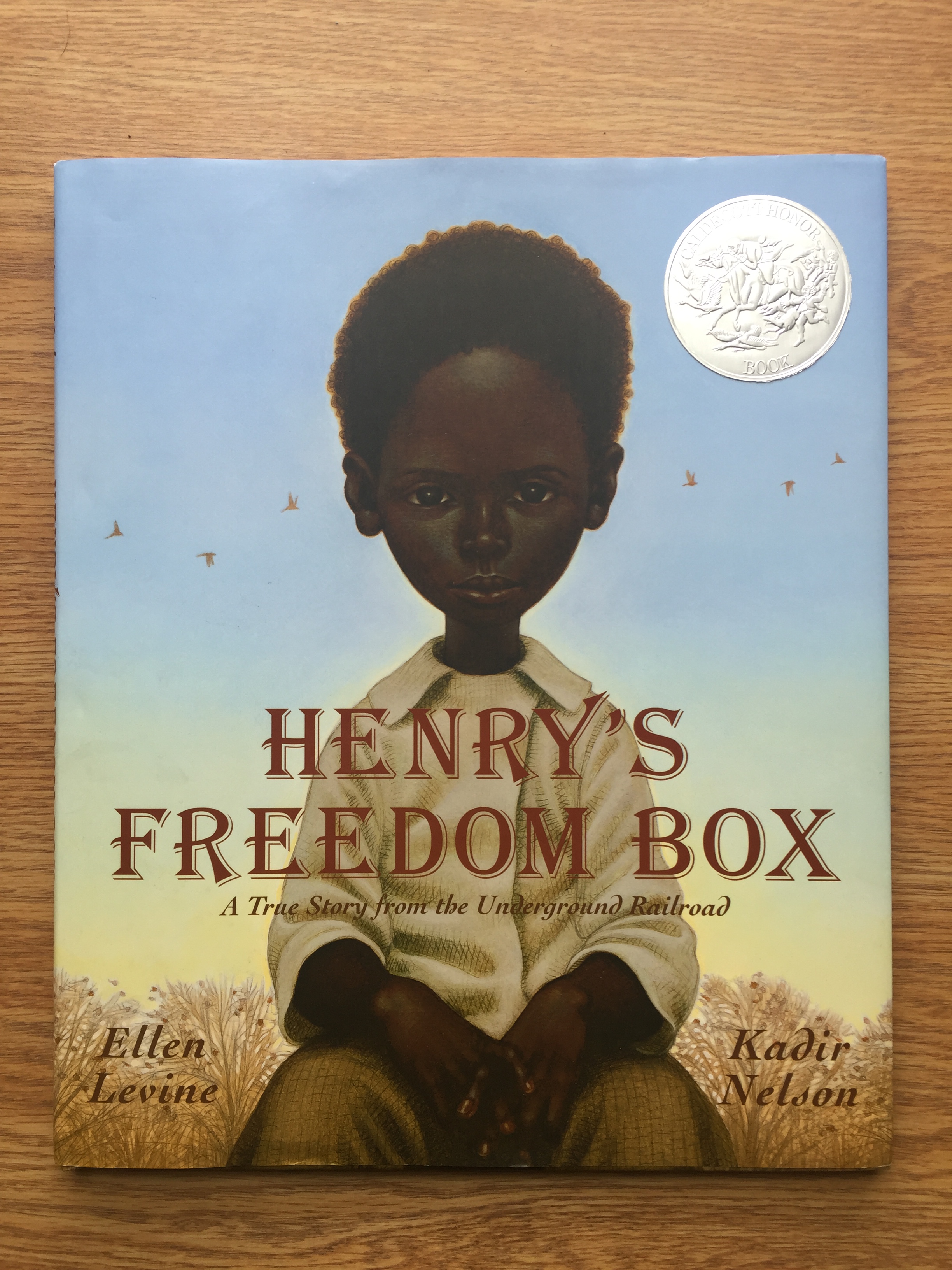



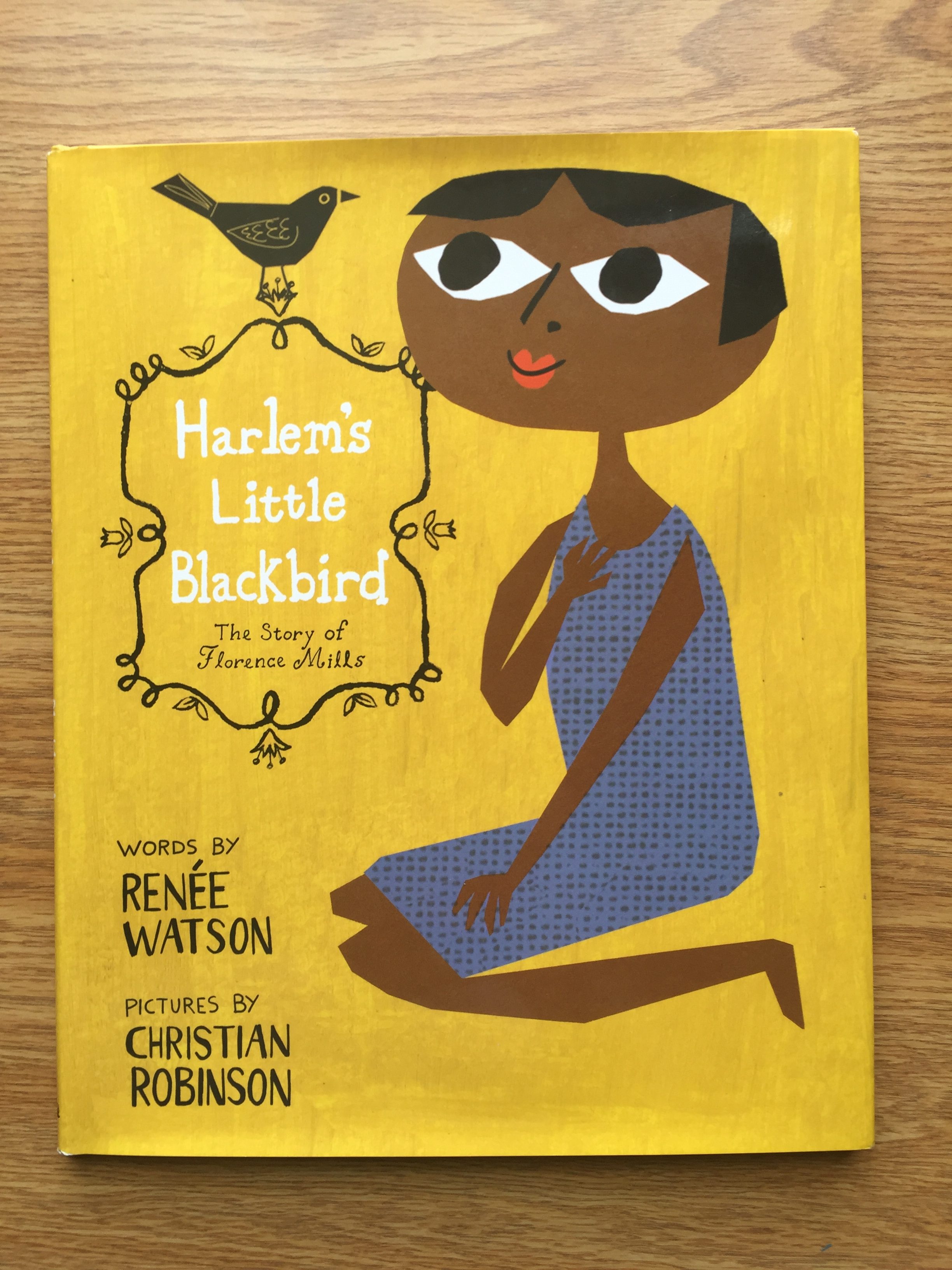


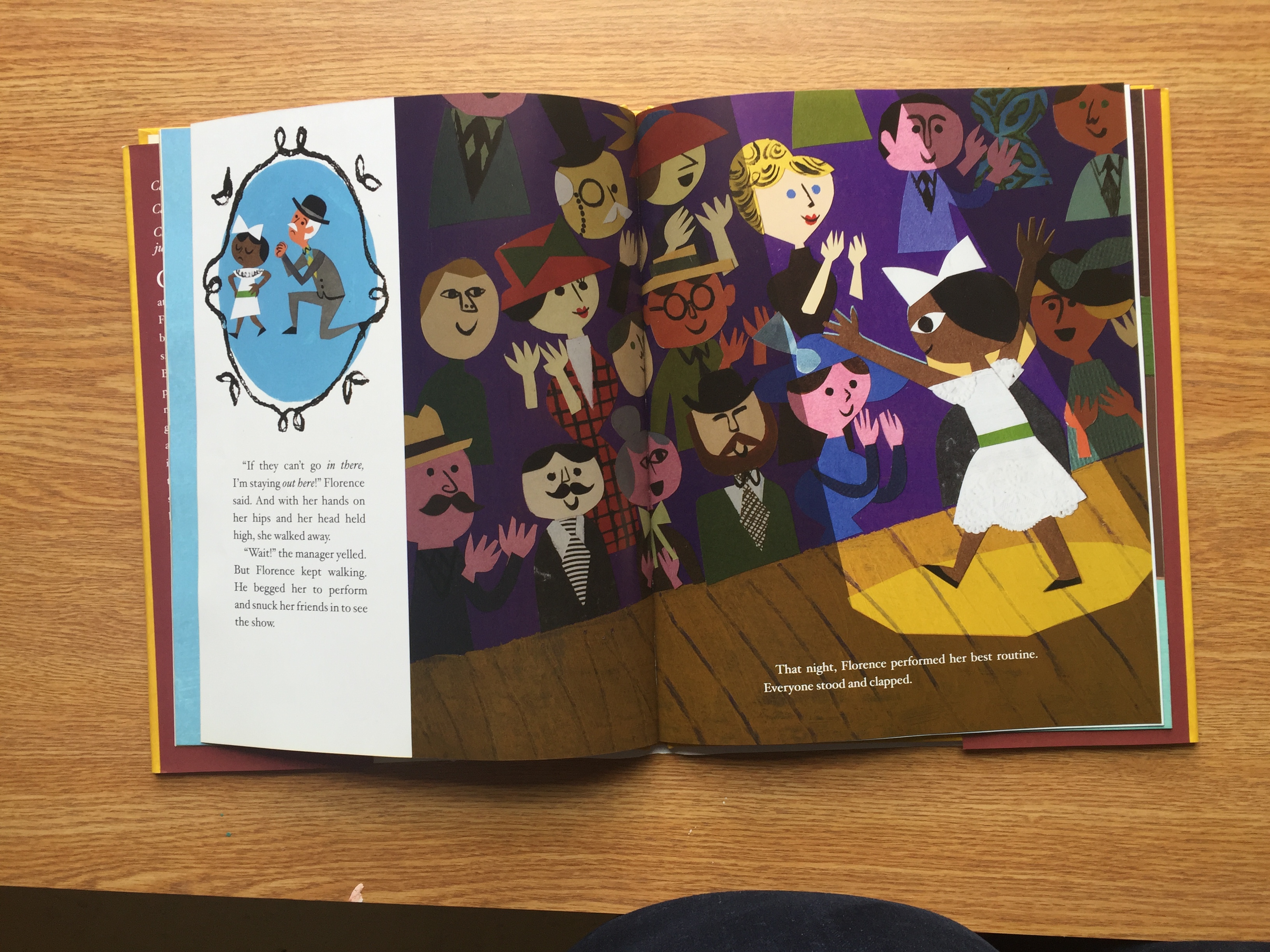
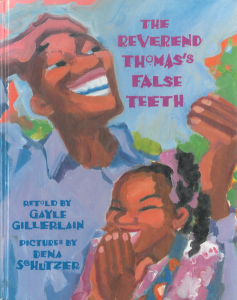
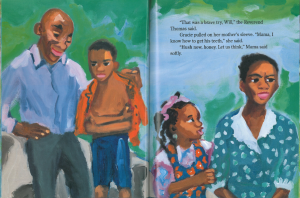
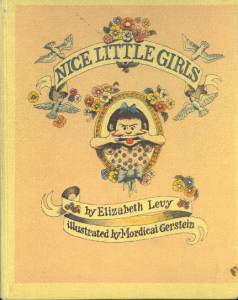
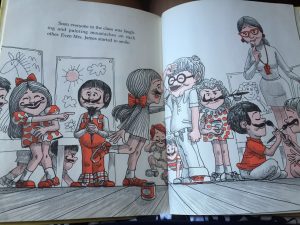
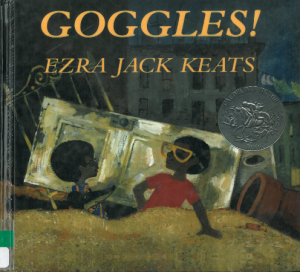
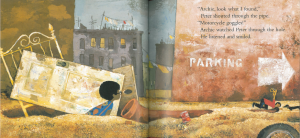
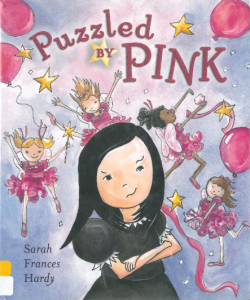
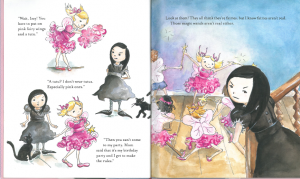
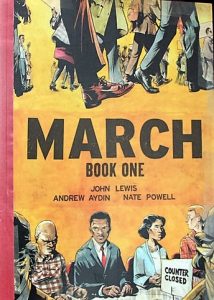
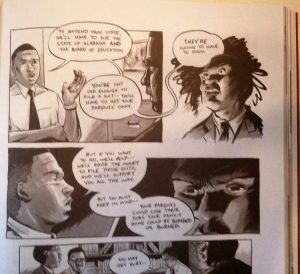 In March: Book One John Lewis tells about the struggle he has gone through and witnessed since the beginning days of segregation. He highlights the highs and lows of the Civil Rights Movement, and how much influence he had in the process.
In March: Book One John Lewis tells about the struggle he has gone through and witnessed since the beginning days of segregation. He highlights the highs and lows of the Civil Rights Movement, and how much influence he had in the process.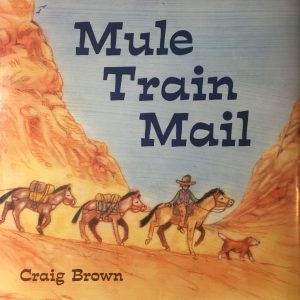
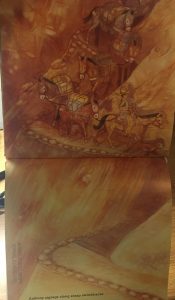 The images, created by the author, begin with a map tracking the map the mule train follows. As Anthony starts his descent to the Supai village, the images turn long-wise, emphasizing the downward descent of the mountain. The images display the different types of weather that the mules face such as snow and ice or very hot. The illustrations accurately depict the terrain in the Grand Canyon. As they reach the bottom of the mountain, the images turn back to horizontal. The double spread page allows the reader to engage themselves in the journey alongside Anthony. The book is told in a narrative manner, as if the author is retelling the story of his journey to a friend. Since this book tells a true story, it introduces children to a different culture. Students who read this book will be introduced to a different type of public service. In addition, it raises awareness about a culture that does not receive a lot of recognition. This book can also be used to show the dedication and determination that Anthony has for his job. The mail gets carried through very dangerous weather that could harm both Anthony and the mules.
The images, created by the author, begin with a map tracking the map the mule train follows. As Anthony starts his descent to the Supai village, the images turn long-wise, emphasizing the downward descent of the mountain. The images display the different types of weather that the mules face such as snow and ice or very hot. The illustrations accurately depict the terrain in the Grand Canyon. As they reach the bottom of the mountain, the images turn back to horizontal. The double spread page allows the reader to engage themselves in the journey alongside Anthony. The book is told in a narrative manner, as if the author is retelling the story of his journey to a friend. Since this book tells a true story, it introduces children to a different culture. Students who read this book will be introduced to a different type of public service. In addition, it raises awareness about a culture that does not receive a lot of recognition. This book can also be used to show the dedication and determination that Anthony has for his job. The mail gets carried through very dangerous weather that could harm both Anthony and the mules.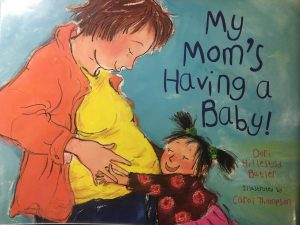 Title: My Mom’s Having a Baby
Title: My Mom’s Having a Baby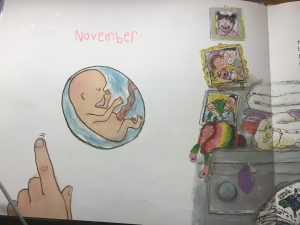 hat the baby has finger nails, eyes, and ears. It shows the actual size of the embryo at this point in the pregnancy. When Elizabeth wonders how the baby got there, the process of creating a baby is explained. The images include the human anatomy of the female and the male as well as an honest explanation of how the baby got there. The images are pencil drawings with some water color. The use of text bubbles emphasizes the idea that the questions asked in this book are common from children who are expecting to be a big brother or sister. The text in the bubbles also resembles a child’s handwriting, giving it a sense of authenticity.
hat the baby has finger nails, eyes, and ears. It shows the actual size of the embryo at this point in the pregnancy. When Elizabeth wonders how the baby got there, the process of creating a baby is explained. The images include the human anatomy of the female and the male as well as an honest explanation of how the baby got there. The images are pencil drawings with some water color. The use of text bubbles emphasizes the idea that the questions asked in this book are common from children who are expecting to be a big brother or sister. The text in the bubbles also resembles a child’s handwriting, giving it a sense of authenticity.